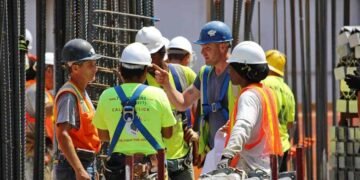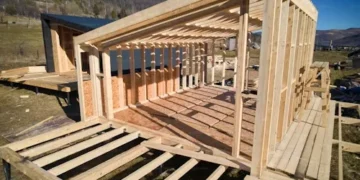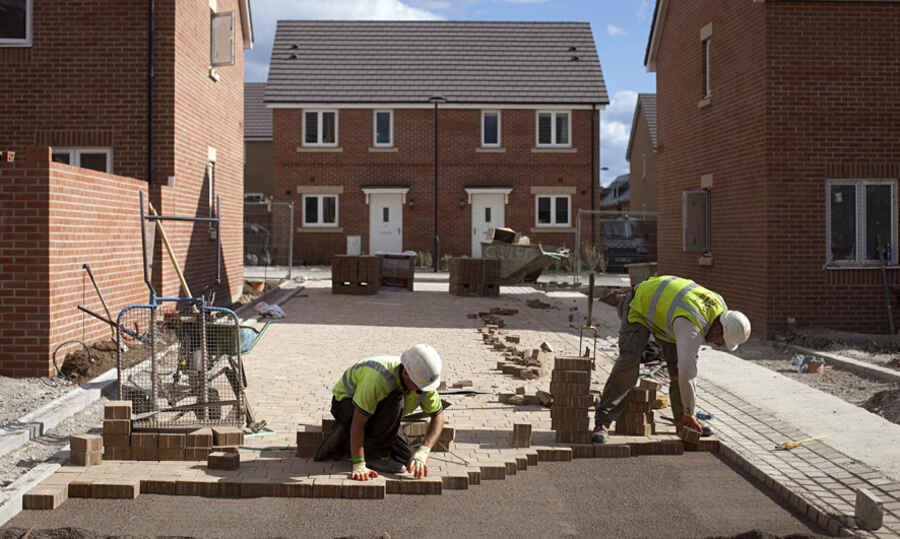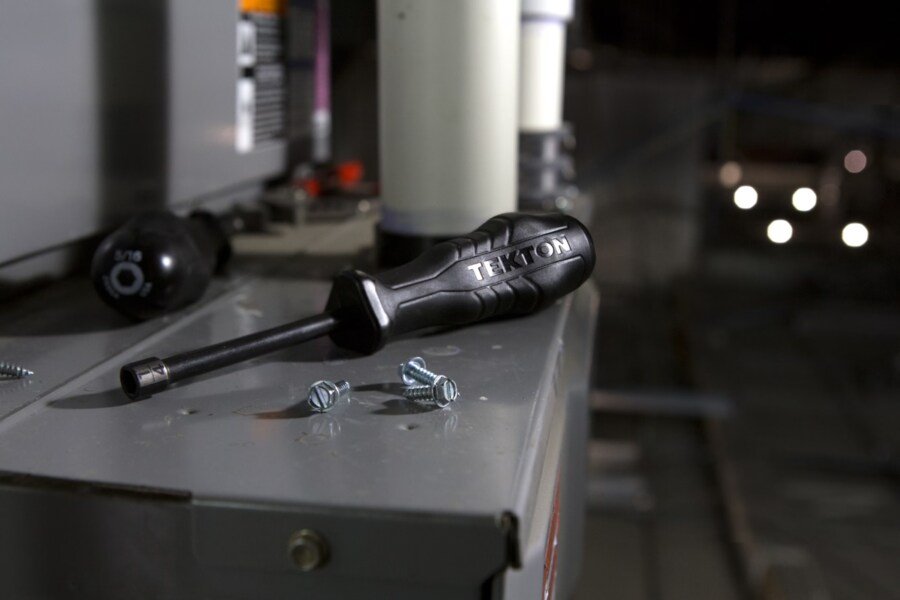Sustainable construction has emerged as a crucial aspect of modern architecture and engineering, driven by the need to mitigate environmental impacts and promote long-term resource efficiency. This article explores various methods, benefits, and challenges associated with sustainable construction, with a focus on innovative practices like auditing platforms for home grants, the use of steel buildings, and LED lights.
Methods of Sustainable Construction
These methods, characterized by inh2
novation and eco-conscious decision-making, are reshaping the way we build our homes, offices, and infrastructure.
Home Grants:
When embarking on the journey of sustainable construction, it’s essential to explore every avenue that supports environmentally responsible building practices. One such avenue is opting for home grants. These grants offer a compelling incentive for homeowners to embrace sustainable construction methods, as they provide financial support and recognition for eco-friendly upgrades and renovations.
If you want to get home grants, energy auditing platforms for renovations have revolutionized sustainable construction by providing homeowners with insights into their energy consumption and suggesting improvements. These platforms often incorporate data analytics and IoT technology to monitor energy usage, detect inefficiencies, and recommend upgrades. This proactive approach not only reduces energy bills but also lowers the carbon footprint of residential buildings. By incorporating sustainable methods like energy-efficient lighting, efficient water management, and green roofing into your construction projects, coupled with the strategic utilization of home grants, you not only reduce your environmental impact but also enhance the financial viability of eco-conscious building practices.
Steel Buildings:
Steel’s longevity and recyclability are making it a more popular choice for environmentally friendly building materials. Steel buildings are easily disassembled and repurposed, which cuts down on waste throughout the building process. Furthermore, steel buildings have a high level of durability and endurance against natural disasters.
LED Lights:
Energy efficiency in construction has advanced significantly with the use of LED lighting systems. LED lighting is energy-efficient and produces less heat than conventional incandescent or fluorescent bulbs. It also lasts longer. Energy consumption and maintenance expenses are drastically decreased when LED lighting is installed in both residential and commercial buildings.
Efficient Water Management
Sustainable construction goes beyond energy considerations and extends to water management. Methods such as rainwater harvesting, greywater recycling, and efficient plumbing systems help reduce water consumption and minimize strain on local water resources. Efficient water management not only conserves a precious resource but also reduces the energy required for water treatment and distribution.
Green Roofing and Sustainable Landscaping
Green roofing, characterized by the growth of vegetation on building rooftops, is gaining popularity in sustainable construction. These green roofs provide natural insulation, reduce heat island effects in urban areas, and promote biodiversity. Sustainable landscaping, including the use of native plants and low-impact design principles, further enhances a construction project’s environmental sustainability by minimizing the need for irrigation and chemical treatments.
Benefits of Sustainable Construction
From substantial cost savings to improved occupant health and well-being, the benefits of sustainable construction are profound and far-reaching.
Environmental Conservation:
Sustainable construction methods reduce the depletion of natural resources and minimize environmental impacts. By prioritizing eco-conscious decision-making, sustainable construction methods not only mitigate environmental harm but also set a precedent for a more harmonious coexistence between human development and the planet’s precious ecosystems.
Energy Efficiency:
Sustainable buildings are designed to optimize energy usage. Features like energy-efficient HVAC systems, well-insulated walls, and LED lighting contribute to lower energy bills and reduced greenhouse gas emissions.
Cost Savings:
While sustainable construction may involve higher initial costs, the long-term benefits are substantial. Lower energy bills, reduced maintenance expenses, and potential tax incentives make sustainable buildings financially attractive.
Improved Indoor Air Quality:
Through meticulous attention to indoor air quality, sustainable construction not only safeguards the health and productivity of those within its structures but also contributes to a broader global initiative to reduce indoor pollution and enhance overall well-being.
Challenges of Sustainable Construction
While sustainable construction offers a promising path toward a greener and more environmentally responsible future, it is not without its share of challenges and complexities. Let’s check the details.
High Initial Costs:
One of the primary challenges of sustainable construction is the higher upfront investment required for eco-friendly materials and technologies. However, it’s essential to consider the long-term cost savings and environmental benefits.
Limited Availability of Sustainable Materials:
In some regions, finding sustainable construction materials can be challenging, leading to logistical issues and increased costs. However, as demand grows, the availability of such materials is likely to improve.
Complex Regulations:
Sustainable construction often involves navigating a complex web of regulations and building codes, which can be time-consuming and costly.
Changing Mindsets:
Convincing stakeholders to embrace sustainable construction practices can be a challenge. Many are resistant to change or unaware of the long-term benefits.
Final Thoughts
Sustainable construction is an evolving field that offers numerous advantages for both the environment and society. By implementing innovative methods such as auditing platforms for home grants, incorporating steel buildings, and adopting LED lighting, we can create buildings that are not only eco-friendly but also cost-effective in the long run. Despite the challenges, the shift towards sustainable construction is essential for a more sustainable and environmentally responsible future.
Recommended Posts:














